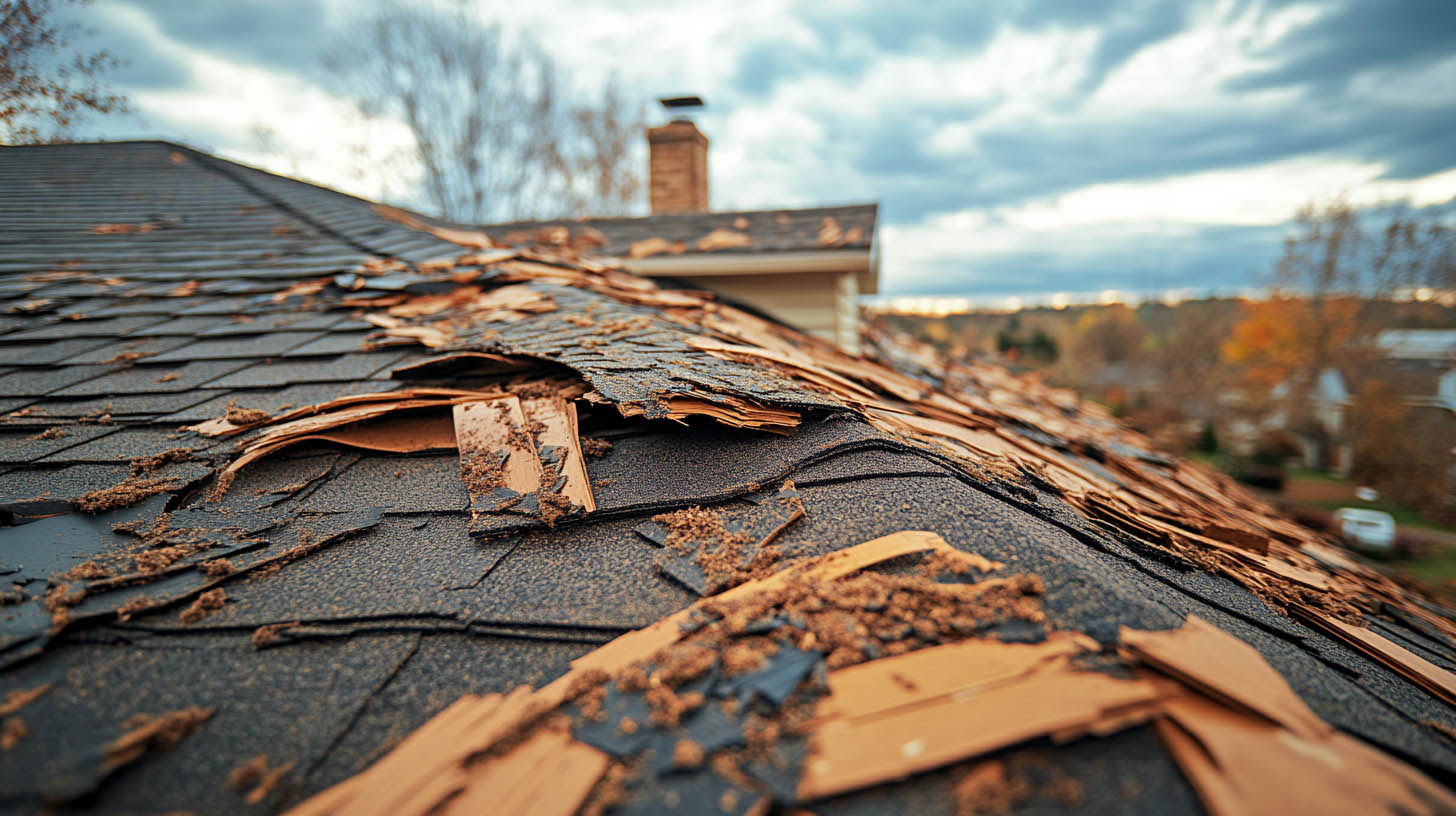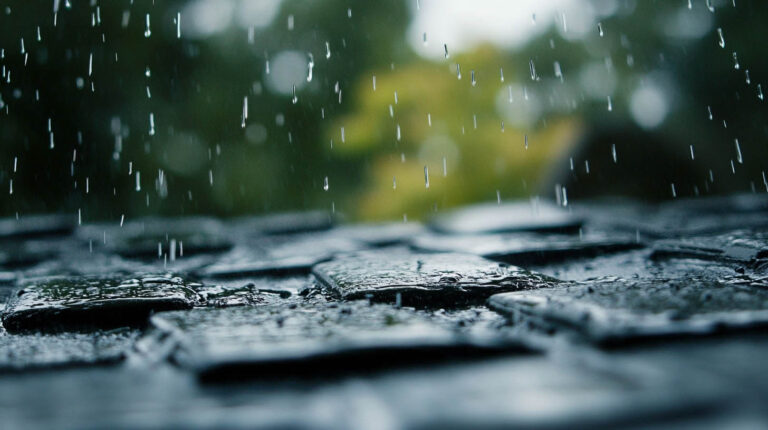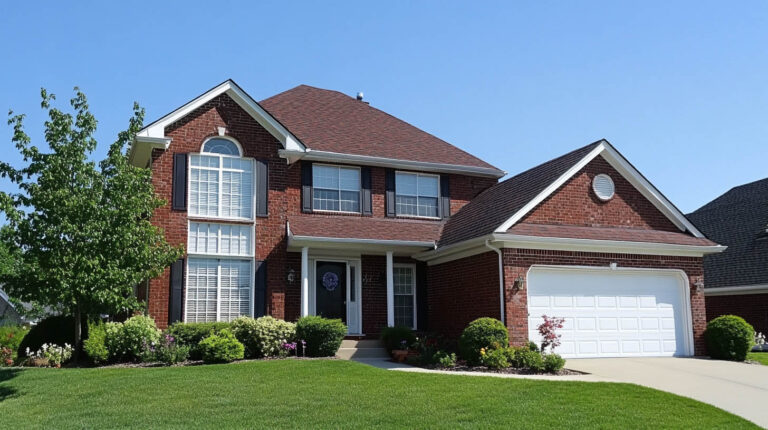
Blog
Protecting Your Roof After Hail Damage: Essential Steps
Hailstorms can cause significant damage to your roof, even when the damage isn’t immediately visible. After a hailstorm, taking quick and decisive action is essential to ensure your roof continues to protect your home effectively. At Avenue Roofing, we guide homeowners through the steps to safeguard their roofs after hail damage and prevent long-term issues.

Understanding the Impact of Hail on Your Roof
Hail can range in size from small pellets to larger stones the size of tennis balls. Regardless of the size, hail can damage your roof by cracking shingles, denting metal, or even exposing the underlayment.
Fact: Hailstones as small as 1 inch in diameter can cause severe roof damage, especially if there’s prior wear and tear.
Common Signs of Hail Damage
- Torn or cracked shingles
- Missing shingles
- Dented metal flashing or gutters
- Shingle granules in gutters
- Water leaks or condensation inside the attic
- Exposed underlayment or damaged roof vents
Steps to Take After a Hailstorm
1. Conduct a Visual Inspection
Start by inspecting your roof from the ground using binoculars. Look for obvious signs of damage like missing shingles, dented flashing, or debris scattered on the ground. If you notice any of these issues, it’s a strong indication that hail has compromised your roof.
2. Schedule a Professional Roof Inspection
Even if you don’t see significant damage from the ground, a professional roof inspection is the safest and most effective way to assess the true extent of the damage. Climbing onto the roof yourself can be dangerous, especially if there are unseen weak points. A professional roofer can identify issues that may not be immediately apparent, such as hidden leaks or weakened roofing materials.
At Avenue Roofing, we provide comprehensive inspections to help homeowners identify and repair hail damage before it leads to more serious issues like water intrusion or structural rot.
3. Address Damage Promptly
Once hail damage is confirmed, it’s essential to make repairs quickly. Ignoring damage can lead to more serious problems like water leaks, wood rot, mold growth, and structural weakening. Even small cracks in shingles or dents in flashing can allow moisture to seep in, leading to costly repairs down the road.
4. Contact Your Insurance Company
If the hail damage is extensive, you may be eligible for a roof replacement through your homeowner’s insurance policy. When filing a claim, take the following steps:
- Document the damage with photos.
- Get an estimate from a licensed roofing contractor.
- Confirm your policy coverage for roof repairs or replacement.
Preventive Measures for Future Hailstorms
Reinforce Vulnerable Areas
If your home is in a region prone to hailstorms, consider reinforcing vulnerable parts of your roof. This includes upgrading to impact-resistant shingles or metal roofing materials that can better withstand hail damage. Tip: Class 4 impact-resistant shingles are specifically designed to handle severe weather and can reduce future hail damage.
Clear Gutters and Downspouts
Ensure your gutters and downspouts are free from debris so that water can drain properly after a storm. Blocked gutters can lead to water pooling on your roof, increasing the risk of leaks and damage.
Perform Regular Maintenance
Regular roof maintenance helps identify and address minor issues before they become major problems. Schedule annual inspections, particularly before and after storm season, to ensure your roof remains in top condition.
Conclusion
Hailstorms can significantly damage your roof, but by acting quickly and addressing the damage, you can prevent more serious issues from developing. Regular inspections, prompt repairs, and working with a trusted contractor like Avenue Roofing can help ensure your roof remains strong and durable year-round.
FAQs
1. How can I tell if my roof has been damaged by hail?
Look for cracked or missing shingles, dents in metal flashing or gutters, and granules in your gutters. A professional inspection can confirm the extent of the damage.
2. Can small hailstones damage my roof?
Yes, even small hail can cause damage, especially if your roof is older or has existing vulnerabilities.
3. What should I do if I suspect hail damage?
Schedule a professional roof inspection to assess the damage. Address any issues promptly to avoid water leaks or structural damage.
4. Does insurance cover hail damage?
Most homeowner’s insurance policies cover hail damage, but it’s important to review your policy and file a claim if the damage is significant.
5. How can I protect my roof from future hailstorms?
Consider upgrading to impact-resistant shingles or metal roofing and perform regular maintenance to ensure your roof remains in good condition.
To find out how long a roof should last in Florida, click here.



